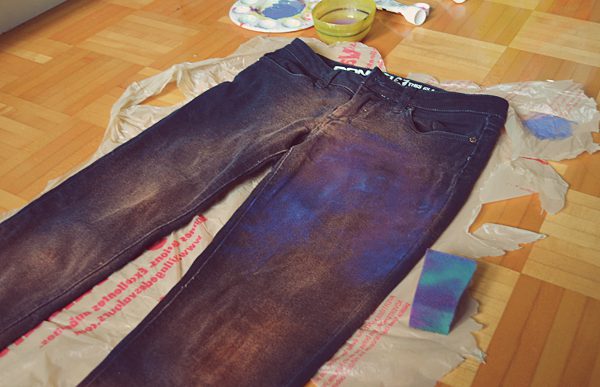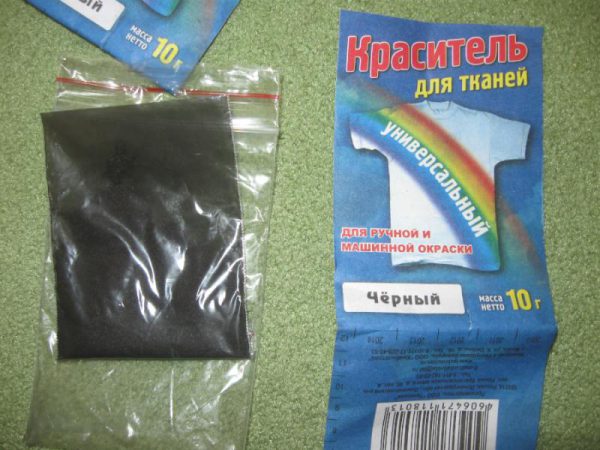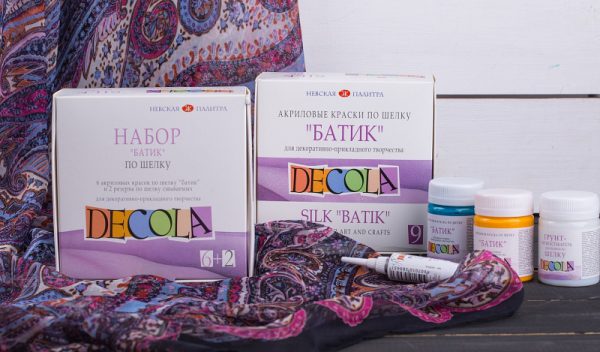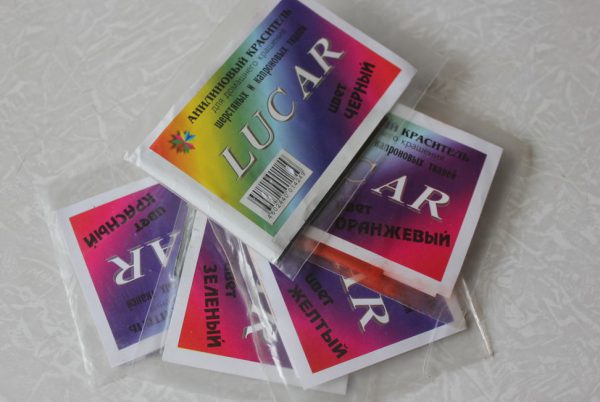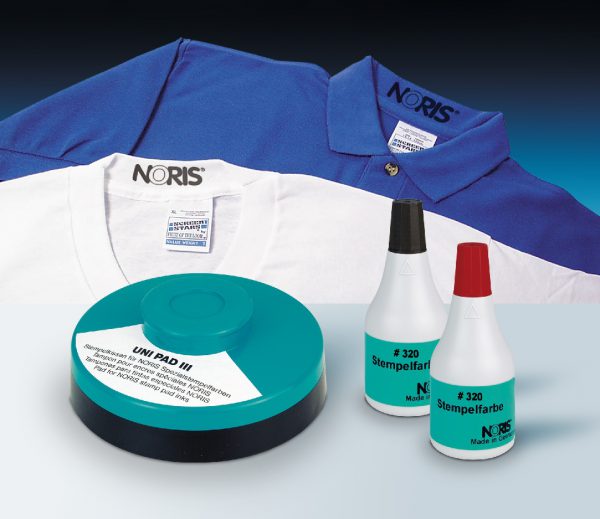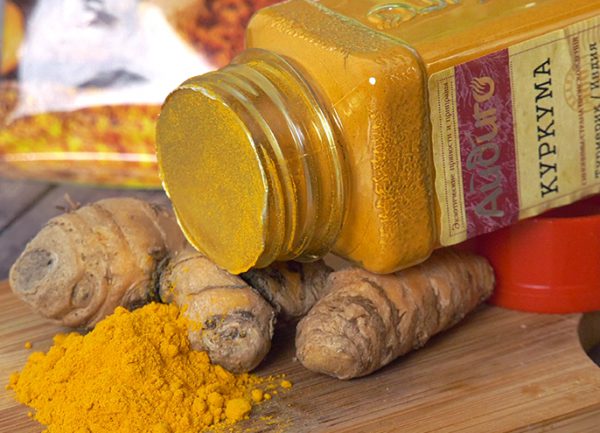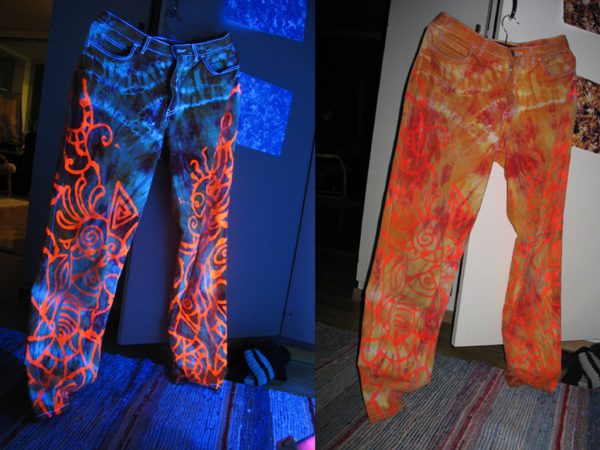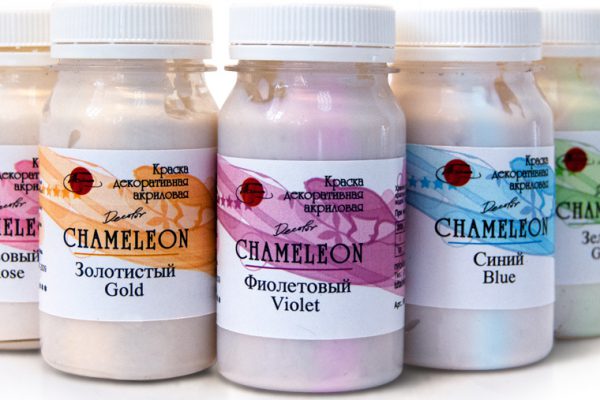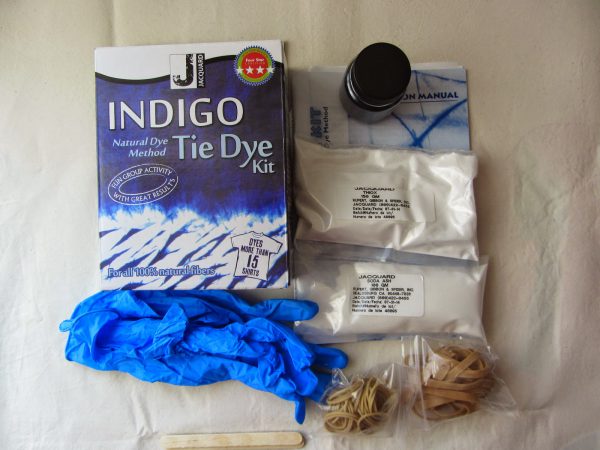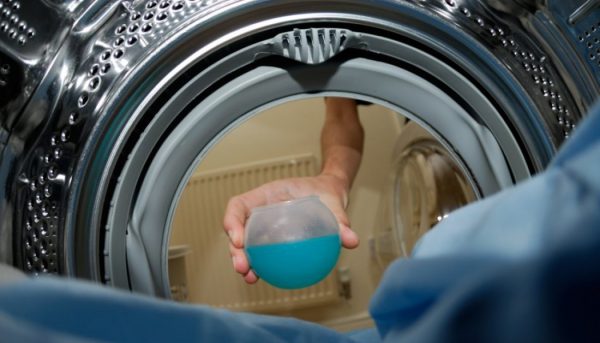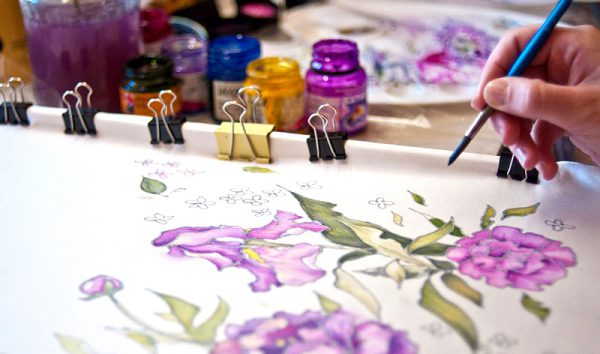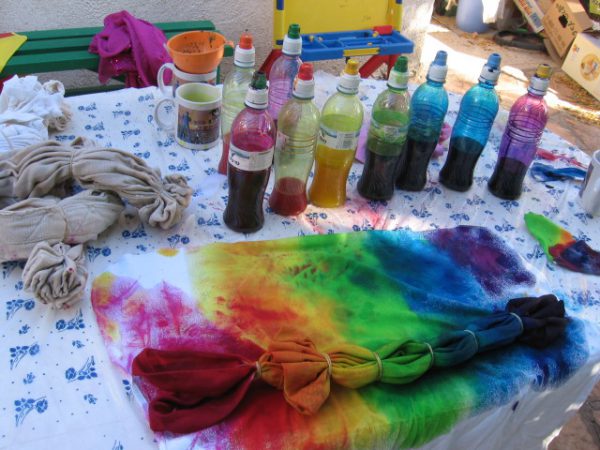Sometimes a thing becomes unfit for wear: spots from grass, berries, ink and other indelible defects appear on it. Even more often, clothes eventually acquire a washed-out look, which is especially characteristic of natural fabrics.
- What fabrics can be dyed
- Types of Dyes
- Acrylic paints
- Aniline paints
- Ink paints
- Plastisol paints
- Natural paints
- Spray Paints
- Luminous paint
- Pros and cons of acrylic paints
- Essential Tools for Application
- Preparatory work
- Staining technology
- Washing machine painting
- Manual method
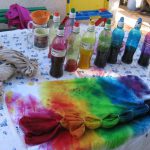
You can restore the brightness and novelty of things - for this purpose, paint is used for fabric. It can be made as a complete coloring, and painting products.
What fabrics can be dyed
The easiest way to dye at home various types of natural fabrics. Textiles made of cotton, silk, linen, wool will be colored evenly, the color will lie beautifully. Cotton and denim materials are particularly good at absorbing new colors.
Mixed fabrics, partially consisting of natural fibers, are less susceptible to dyeing. Synthetics are completely difficult to paint - it is better to entrust such work to professionals. For example, polyester quickly sheds - paint is washed out in just a few washings.
Some synthetic fabrics can be dyed with special tools:
- Bolognese fabric products are cold stained;
- PVC material responds well to acrylic dyes, painting;
- mixed jeans products are painted hot.
Types of Dyes
The shops sell a lot of different colors for clothes, shoes, textiles. Some are presented in liquid form, others in spray cans, and others in powder. There are even special awning (rubber) paints that are called “liquid plastic” and cover tents, car covers, packaging materials with them.
For purchase, you can go to a large specialized store (for example, Leonardo) or to a regular hardware store. In the packaging of the product there is always an instruction that must be strictly observed, otherwise the result will be unpredictable. The following are the most popular types of fabric colors.
to contents ↑Acrylic paints
Acrylic dyes are the most suitable option for cotton, wool, silk. With their help, they make original drawings, as far as imagination allows. Tools are commonly used for hobbies and creativity.
They are water-based, contain acrylic and pigments, are completely safe for humans. You can use paints for drawing on T-shirts, pillows, napkins and other products.
It’s easy to work with acrylic colors. First, draw with a pencil, and then draw the outline with a brush. After complete drying, the paint becomes indelible, but it is not recommended to wash the product in the washing machine. It is better to use hand wash at water temperature up to 35 degrees.
The most famous manufacturers of acrylic colors:
- Decola
- Dylon (Delon);
- Simplicol (Simplicol);
- Marabu (Fashion) Color;
- Pebeo (Pebeo);
- Javana (Javana).
to contents ↑Most often, products are produced in tubes of 10 - 50 ml, but there are also sprays and aerosols on sale. An interesting option is the mysterious black paint Divinity Original Sin.
Aniline paints
Aniline paint is also indelible, it is widely used for dyeing natural fabrics, and for synthetics and mixed materials with 60% artificial fibers is not suitable.
Funds are sold in liquid form, powder. Usually they are diluted with water 1/30 - 1/40, a piece of tissue is completely immersed in a solution and heated to 95 degrees. After “boiling” the pigment is fixed: before pulling the product out of the water, add 2 - 5 tablespoons of salt. If wool is dyed, a little vinegar is added to the salt, soda is additionally introduced for cotton.
After cooking, the product is rinsed in cool water. Do not be afraid if at first it will molt a little - this is normal. The described painting technique is called “batik”.
Aniline paints are also used for other equipment - the gradient. The product is immersed in water gradually, so that part of it becomes dark, and subsequent zones - lighter. If you twist the cooked thing with your hands, as when squeezing it, you will get stains.
to contents ↑Ink paints
With the help of persistent ink inks, hotels mark the towels, linen, and other types of fabrics. Such colors can have a different chemical composition depending on the type, so there are features in use:
- alcohol - dry quickly, wash with bleach without loss of brightness;
- water-glycerin - can withstand washing in water with temperatures up to +70 degrees, most often have a dark brown, blue, black color;
- oil - dry very slowly, but extremely waterproof, do not fade;
- colorless - used for hidden marking, visible only under ultraviolet rays.
Plastisol paints
An example of the use of such paints can be called luminous drawings on sneakers, clothes that are clearly visible in the dark.
Decor can be done using special reflective or fluorescent tinting based on plastisol. Paints can be invisible during the day, and at night or under the influence of ultraviolet light they find red, pink, white, green, yellow and other colors.
Natural paints
Until the chemical industry created such a variety of colors, people were forced to use natural dyes for fabrics.
Of course, their durability is lower than synthetic pigments, the result is often unpredictable. But for allergy sufferers and people suffering from bronchial asthma, it is better to use just such substances that will not harm the body.
What exactly can be used to color matter for crafts, clothes, clothes? Here are the most famous natural paints:
- yellow - turmeric, wormwood, orange zest;
- indigo - a mixture of turmeric and spinach;
- golden - celandine;
- brown - onion husks, oak bark, cinnamon, cedar husks, henna for hair, black tea;
- gray - coffee, broom, bearberry;
- red, red-violet, purple - blueberries, elderberries, beets;
- blue - sage, blackberry.
DIY is easy to dye. You need to add a sufficient amount of pigment to the water, put the product there, heat the solution to +60 degrees. You can’t boil water! Next, you need to withstand the fabric in a solution of 20 - 40 minutes.
Fix color should be. To do this, prepare a new 1% solution of any of the substances:
- potassium dichromate;
- tin dichloride;
- ammonium alum;
- alum potassium alum;
- copper sulfate.
The product is immersed in the solution for 5 minutes, then rinsed again.
to contents ↑Spray Paints
Spray paint is very convenient to use. It is sold in cylinders, which are recommended for coloring large areas of fabric. Matter becomes strong, ceases to stretch. The paints in the sprays also need to be sprayed onto the fabric, but the color is sprayed with larger drops.
Luminous paint
Some paints are luminescent - in their composition there is a finely dispersed powder (phosphor), which tends to glow in the dark. There is no phosphorus in the color scheme, therefore they are safe for humans.
to contents ↑It is possible to dilute means with colorless varnish. Some colors have sparkles to give a metallic effect. They can be applied to cotton products - pants, t-shirts, etc.
Pros and cons of acrylic paints
Polyacrylate-based colorants are most widely used among needlewomen. They are sold in banks, tubes, cylinders, are dull, glossy, with mother of pearl.
Advantages of colors:
- quick drying;
- dilution with plain water;
- easy use;
- the ability to mix shades;
- low price;
- fuel economy;
- brightness, color fastness;
- no need to fix the picture;
- hypoallergenic, pleasant smell.
For work, special skills are not needed, everyone can apply a stencil and complete a drawing. But the disadvantages of paints must also be taken into account:
- the shelf life of the tints is not high; upon their expiration, the properties of the agents deteriorate;
- the pigment must be applied carefully - the substance spreads over the fabric;
- after application, a dense, non-stretching area is formed - the elasticity of matter is lost.
Essential Tools for Application
The set of materials and tools will depend on the chosen painting technique. Here is a sample list of accessories:
- the dye itself;
- pencil for drawing a contour;
- brushes of different thicknesses;
- clean cloth;
- palette;
- frames, hoop;
- stencils;
- cotton buds, disks;
- thinner for paint (or water).
Preparatory work
As a preparation, it is recommended that the selected base be immersed in cold water for an hour. Next, you need to wash the product a little by hand, rinse. Then the thing is dried, ironed with a not too hot iron. Thin materials for drying stretch on wooden frames. Before painting manually, cardboard, thick paper, and film are placed under the clothes.
Staining technology
To create patterns, it is recommended to use only high-quality pigments. Colors are mixed on a palette in advance. For application, cotton buds, sponges are used.
Drawing Tips:
- Apply layers from light to dark.
- Draw fine lines with a natural bristle brush, and thick lines with artificial bristles.
- Do not make too thick a layer of paint - this will crack over time.
- After a day, fix the drawing with heat (iron with iron for 5 minutes).
- Wash the product after 48 hours at 30 - 35 degrees.
to contents ↑
Washing machine painting
This method is the simplest, not requiring much time. To avoid damage to the machine, make sure that the paint contains no aggressive chemicals.
The disadvantages include the risk of delaying paint particles in the washing machine, as a result of which the following things can be damaged. After staining, you will have to rinse the appliance 1 to 2 times (turn on the wash without things).
Instructions for dyeing fabric products:
- Dilute the paint as indicated in the annotation.
- Pour the solution into a powder container.
- Dampen a thing, put it in a drum.
- Choose a mode in which the water heats up as much as possible (better - up to 90 degrees).
- Wash the product for 30 minutes.
- Set 1 - 2 additional rinses in cold water.
- After washing, you can rinse the product in the basin again.
Manual method
Hand-painted fabric is called batik. There are different types of staining in this technique. For example, you can apply hot batik with wax, paraffin. After removing the wax coating on the dyed fabric, a white or lighter pattern will appear.
When using the technique of cold batik, the fabric is not boiled, but simply soaked in a pigment solution, the pattern is made with a special reserve composition. By the way, ice can be used for such a technique - they just fill in the thing just painted before rinsing, leave it for 30 minutes. A unique pattern will appear.
In addition to batik, usual drawing on fabric with acrylic paints is used. It is convenient to do this with a brush or directly from a tube (using a thin tip).First you need to cut the stencil, printing it on paper. After the blank is dyed according to the idea.
For the first time, you should try drawing or dyeing the fabric on an old, unnecessary thing. This will allow you to work out and do the main work with an ideal result.

